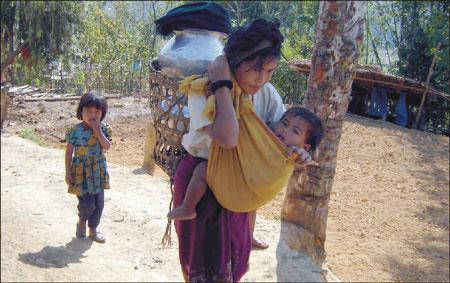
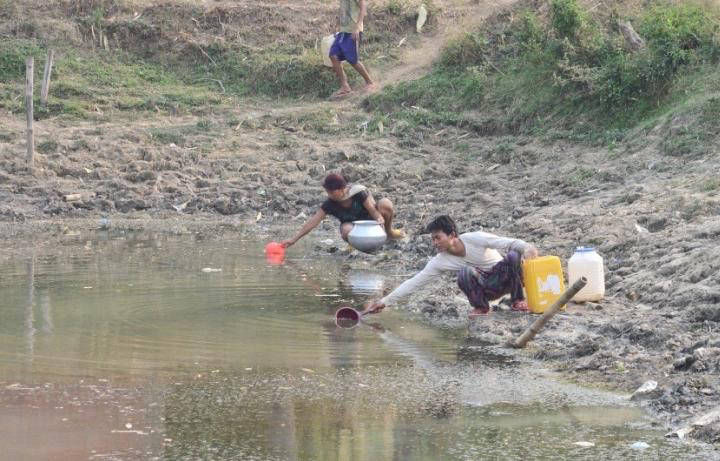
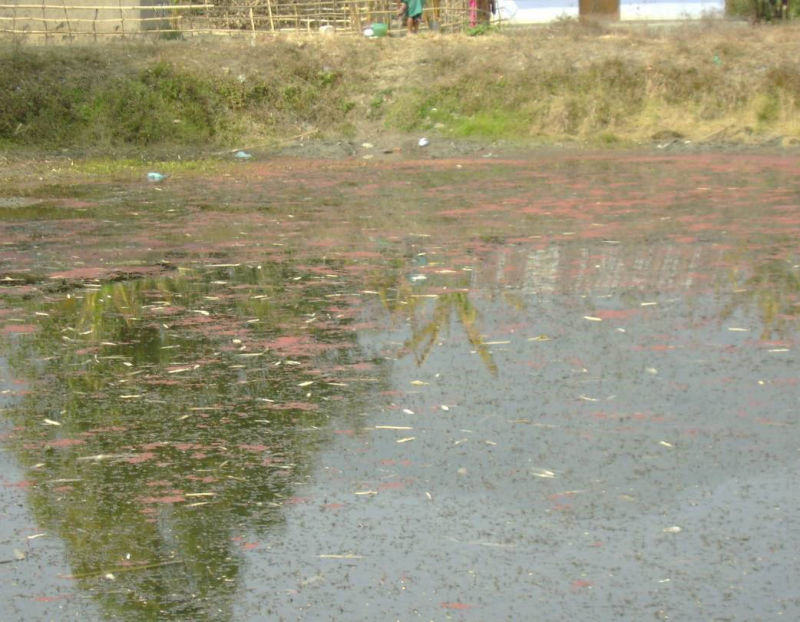
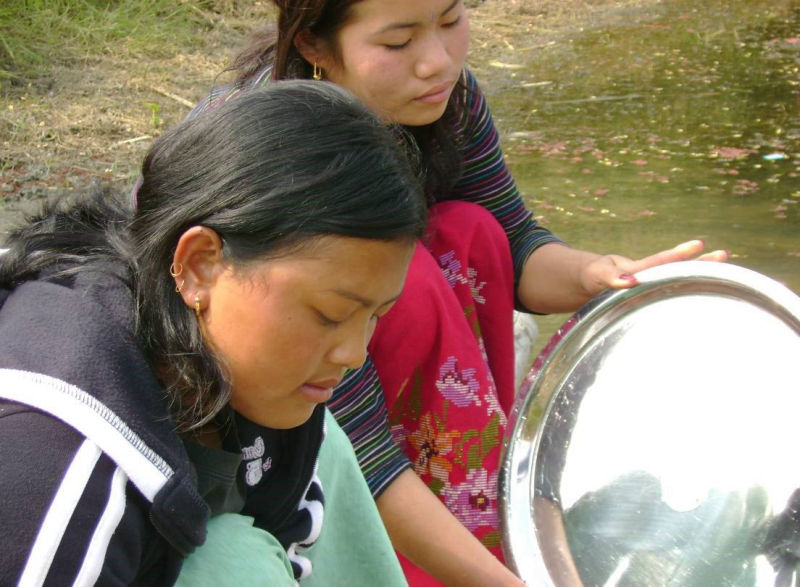
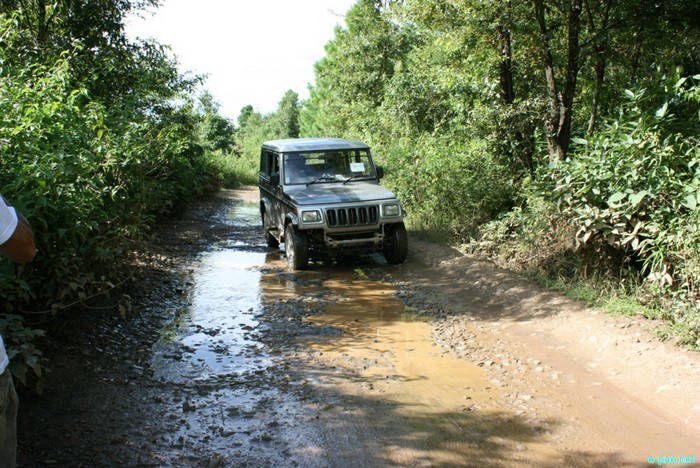
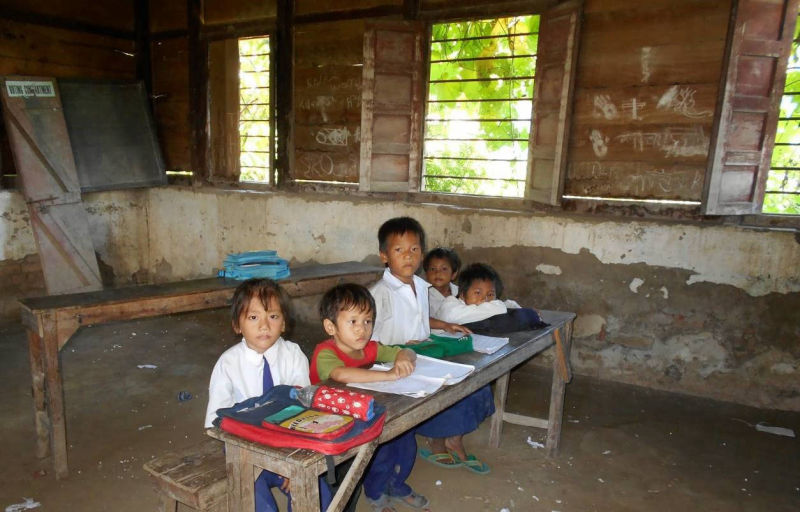
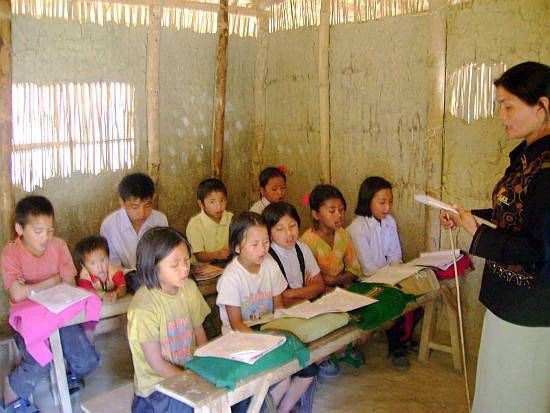
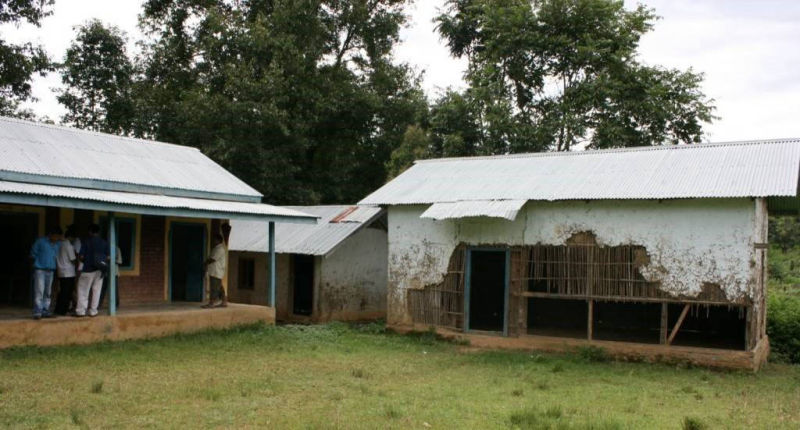
Ensuring Safe Drinking Water and Sanitation through Community Led Initiative in Manipur.
The Need – what is the problem being addressed
Without safe drinking water, adequate sanitation and hygiene facilities at home and in places of work and education, it is disproportionately harder for women and girls to lead safe, productive, healthy lives.
Women and girls usually bear the responsibility for collecting water, which is often very time-consuming and arduous. Second, women and girls are more vulnerable to abuse and attack while walking to and using a toilet or open defecation site. And third, women have specific hygiene needs during menstruation, pregnancy and child rearing.
Even after 75 years of independence India, 53.5% of the total population in State are getting safe drinking water facility. Traditional water sources – pond, river, water well and spring etc is the only source of water. In the drought season, they execute traditional plea for rain or a drop of water. Women and children are hectic in collection of water from nearby water bodies while overlooking education. Due to lack of water, agriculture depends on rainy season resulting low production and scarcity of foods. Due to high feeding and lack of water harvesting, traditional water sources dried up so quickly in the winter season. In the absence of safe drinking water most of the villagers still take drinking water from different polluted sources falling easy prey to different water borne diseases. Different infrastructures have been developed to ensure safe drinking water to the people of the country. But unfortunately, it’s profited the urban people including the urban poor. There is no approaches and action plan to provide safe drinking water in rural and remote areas. Although safe drinking water becomes basic human right, the people of the targeted village are extremely poor and have no access to safe source of drinking water.
Location of the Project:
The purpose project will accommodate 4 villagers under Imphal West District’s Haora block, 120 KM from the state capital. The total population of the villages is 7586 (Male: 3869, Female: 3717) whereas female within the age group of 16 to 45 years are 1598 (43%). There is only four (4) upper primary school and one (1) Public Health Centre which was defunct from the last 5 years due to lack of staffs and other requirements. Villagers depends on rain, 4 community pond and one (1) river is the only source of water for villagers as no access to safe public water supply facility
In terms of hygiene, only 27.3% of the total population access the facility of sanitary latrines in the targeted area. Open-defecation is extensive in the target area which resulted physical and expressive violence to the women. The purpose project will ensure to access national flagship scheme “Total Sanitation Program” which extend 80% of the total cost for the construction sanitary latrine and the labour cost which have to be contributed by the family. The purpose project will line with concern department to achieve Open-defecation fee model villages.
Village level health care volunteer “Accredited Social Health Activist (ASHA)” is in place for every localities/ward in a village under the Ministry of Health, Govt of India to assist village level health monitoring, referral and linkages with healthcare facilities. Under National plan for 2020-21, INR 10.16 million were allocated for the state to make accessible of reproductive health including menstruate hygiene services/materials for women but only 9.5% of the total allocated budget were utilized due to lack of demand generation, information and awareness. The purpose initiative will bridge the gaps and generate adequate demand where every women can access from the village level healthcare service providers.
The literacy rate among the male is 56% whereas 43% for female. 90% of the population depends on agricultural activities and daily wage earners for hardly 4-5 € for a day. 80% of the people living below poverty line and rate of temporary migration of male in search of jobs in the non-agricultural season is high as compare with other areas. Early marriage is a common tradition and education of a girl child is not given preference.
The purpose project will also attention on sexual reproductive health as majority of women in rural area are far from get into the services. Even menstruation of adolescent girls and women is not spoken openly due to embarrassment and shame within the family and society. Recent study shows that nearly 80% of rural women in the state have no knowledge on menstruate health and practices. During the mensuration period, girls and women are limited from performing their daily tasks, not attended schools, cooking, touching water, attending cultural or traditional functions and going to school. Any reproductive sickness, parents often refer to local traditional healers for treatment.
The Solution – what is the proposed plan for solving the problem
Objective -1: To deliver safe drinking water to the villagers by rejuvenation of water sources, promoting community level rain water harvesting, installation of tube well units in different sites of the village and capacitate villagers to conduct maintenance through formation of beneficiaries committee.
Objective -2: To demonstrate Open-defecation free model villages;
Objective -3: To make accessible of reproductive health including menstruate hygiene services at village and community level among 3717 women;
Objective -4: To create consciousness among villagers about safe drinking water, health, hygiene and sanitation through health education camps and
Objective -5: To encourage and motivate the villagers to protect and maintain traditional water sources.
Expected Outcomes: The purpose project will support Sustainable Development - GOAL 3: Good Health and Well-being, GOAL 5: Gender Equality and GOAL 6: Clean Water and Sanitation by fulfilling following expected outcomes:
Qualitative indicators:
a. It will fulfilled most basic needs of the marginalize 7586 villagers by way of providing them with safe source of drinking water and minimizing the risk from water-borne diseases in the targeted villages;
b. Gender based violence against women became negligible in the targeted area with activation of village level committees ;
c. Through awareness building and empowerment, women adopted health hygiene practices in their daily life and reduced vulnerability;
d. Encouraged and motivated the villagers to protect, maintain existing and exploration of traditional water sources thus resulted safe and clean water throughout the year.
e. Open-defecation free model will ensure the villagers a sense of healthy and cleanliness;
Monitoring and Evaluation Plan:
Local Level: In order to ensure effective program implementation and management a PIMC (Project Implementation & Monitoring Committee) consisting local stakeholders will formularize before the initiation of the project. The committee will once in a month. It will enhance sense of responsibility and ownership to the project. Regular planning and review meeting will be conducted on regular interval to monitor the progress of the project. The PIMC will also conduct evaluation with community auditing for by the end of the project.
Project level: We will also develop a proper Monitoring and Evaluation tools including MIS based on the goals and objective of the project. For every objective, there will benchmarks/Indicators that will indicate whether goals are achieving or not. Midterm review for every three months by developing tools like questionnaire and interview with communities and beneficiaries also use as a strategy. Based on the finding from the review process, ISRD will analyze the same in-consultation with funder.
Budget at a Glance:
1. 1st Year: USD 77,466
2. 2nd Year: USD 52,878
For more detail: office@isrdmanipur.org or isrdimphal@gmail.com
HTML Generator